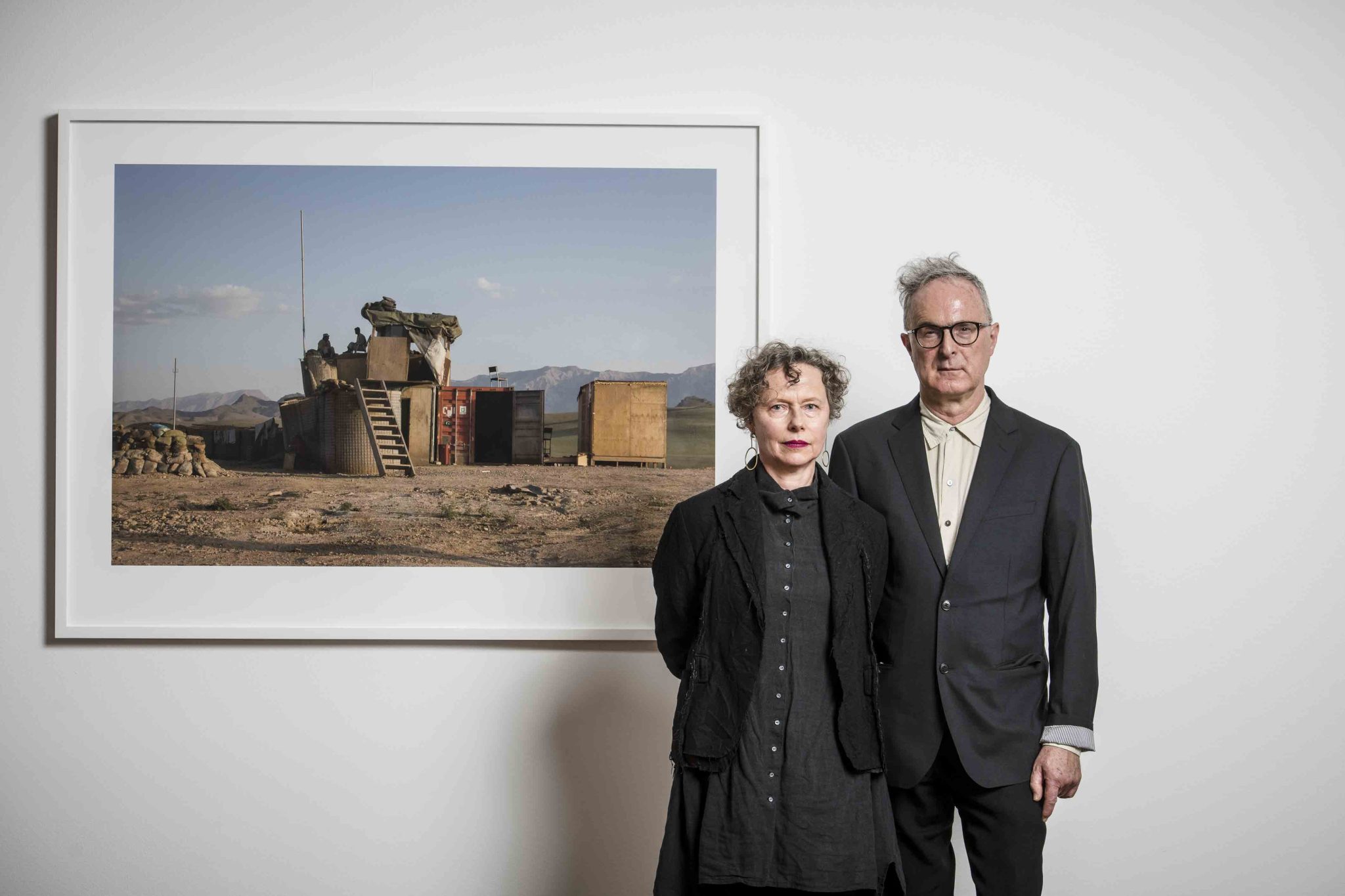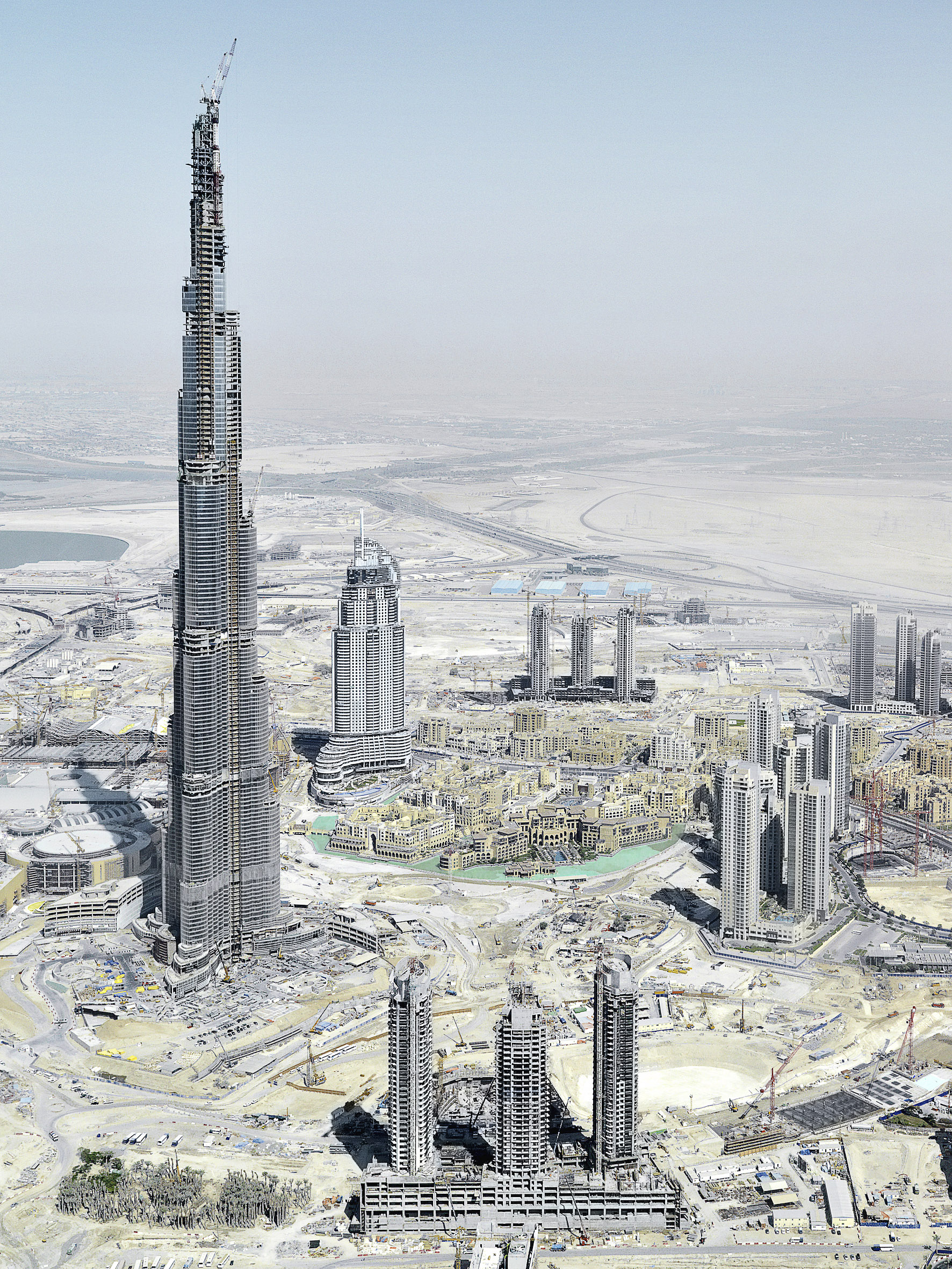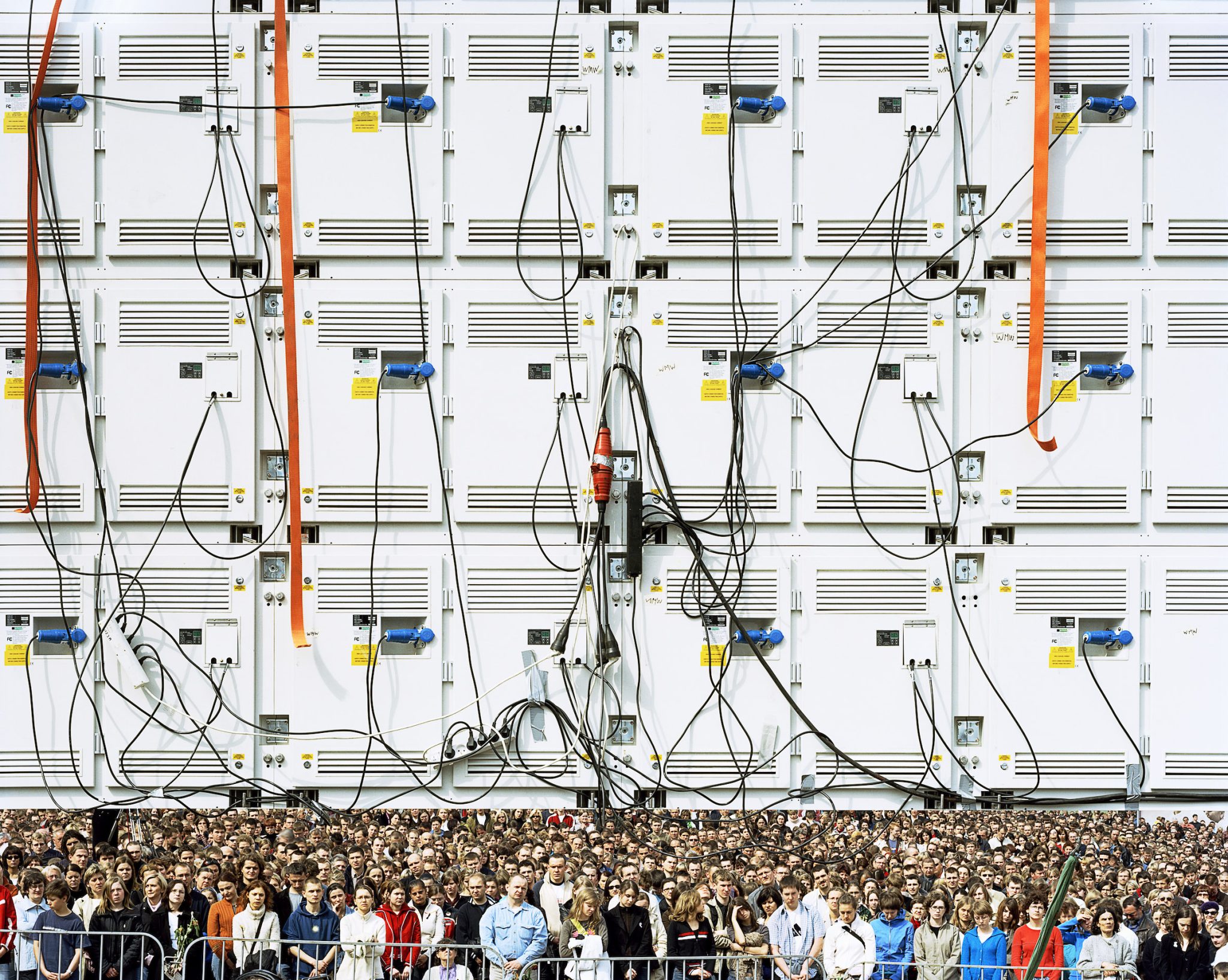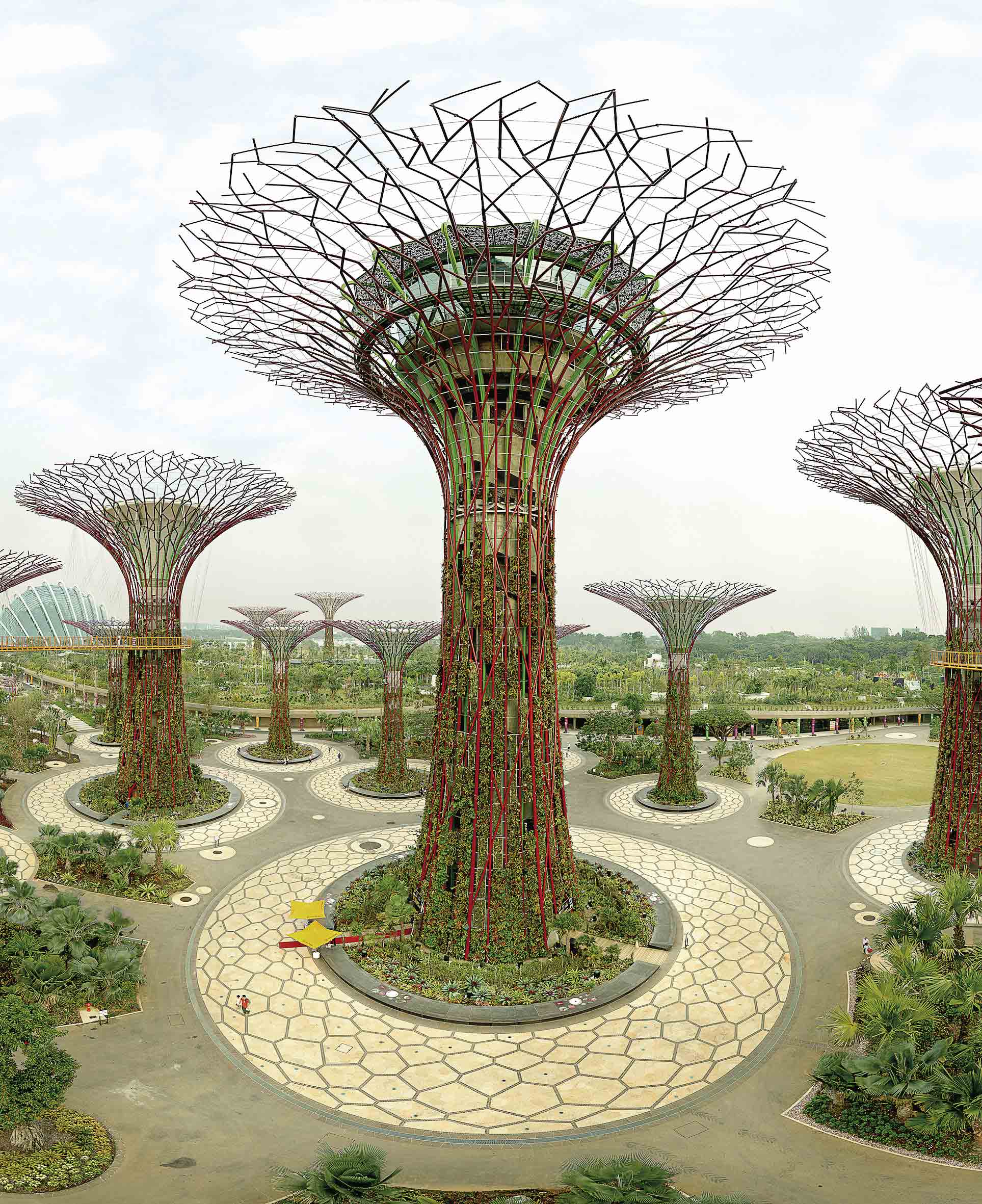
NGV exhibition explores the modern urban experience
NGV exhibition explores the modern urban experience
Share
Featuring the work of more than 100 photographers, Civilization: The Way We Live Now explores representations of life in cities and how the built environment both shapes and reflects the urban experience.
On at the NGV’s Ian Potter Centre until 2 February, the exhibition of more than 200 photographs reflects the ways in which photographers can hold a mirror up to the increasingly globalised world around us, putting a lens on the shared experiences of life in the urban environment and how we respond to patterns of mass behaviour.

Lyndell Brown, artist, and Charles Green, artist, with their work Afghan National Army perimeter post with chair, Tarin Kowt Base, Uruzgan Province, Afghanistan,2007 inside Civilization: TheWay We Live Nowat The Ian Potter Centre: NGVAustralia, Melbourne from 13 September 2019–2February 2020 Photo: Eugene Hyland
Through eight key themes, Civilization: The Way We Live Now takes a diverse and multidimensional look at how internationally renowned photographers like Candida Höfer, Edward Burtynsky, Amalia Ulman, Hong Hao and Richard Mosse capture the unique and unflinching state of early 21st century civilisation.
The highlight of the exhibition is Robert Polidori and Michael Wolf’s Hive, which explores how civilisations press their citizens into cities and the pictorial possibilities offered by the unceasing ebb and flow of crowds.

Philippe Chancel, French born 1959, Construction of Burj Khalifa Tower, Dubai 2008 from the Datazone series pigment inkjet print 140.0 x 108.0 x 5.0 cm Courtesy of Melanie Rio Fluency © Philippe Chancel

Mark Power, British born 1959, The funeral of Pope John Paul II broadcast live from the Vatican. Warsaw, Poland, 2005 from the series The Sound of Two Songs, 2004– 09 type C photograph 106.7 x 134. x 4.4 cm Courtesy of Magnum Photos London © Mark Power / Magnum Photos
Also beautiful is Alonetogether, featuring the work of photographers Lauren Greenfield, Pieter Hugo and Australians Trent Parke and Anne Zahalka.
The pictures look at how, despite living in such close proximity to our neighbours, we are all the more isolated thanks to our increasingly digitised world and decreased social interactions.
NGV director Tony Ellwood says the exhibition is a rich and varied portrait of our times.
“The exceptional quality of the work included is testament to the talent and vibrancy present in contemporary photography today,” he adds.

Olaf Otto Becker, German born 1959, Supertree Grove, Gardens by the Bay, Singapore 10/2012, 2012 from the Reading the Landscape series pigment inkjet print 187.0 x 156.0 x 5.0cm © Olaf Otto Becker
Not all of the pieces are a reflection on overpopulation.
Lee Friedlander and Edward Burtynsky’s Flow tracks the visible and invisible movement of people, materials, money and ideas around the world and the impact these systems have on our depersonalised relationship with food, material goods and nature.
While Control highlights the reach of governing bodies around the world and our desire to impose increasing structure on how our civilisation develops through governments and their armies, surveillance, architecture, education and business.
Civilization: The Way We Live Now has been produced by the Foundation for the Exhibition of Photography, Minneapolis/New York/Paris/Lausanne and the National Museum of Modern and Contemporary Art, Korea, in consultation with the NGV.
A major publication has been published by Thames & Hudson in parallel with the exhibition.
Catch the exhibition until 2 February at The Ian Potter Centre: NGV Australia at Federation Square
Lead photo: Installation view of Robert Polidori’s Amrut Nagar #3, Mumbai, India, 2011. Photo by Tom Ross.
















